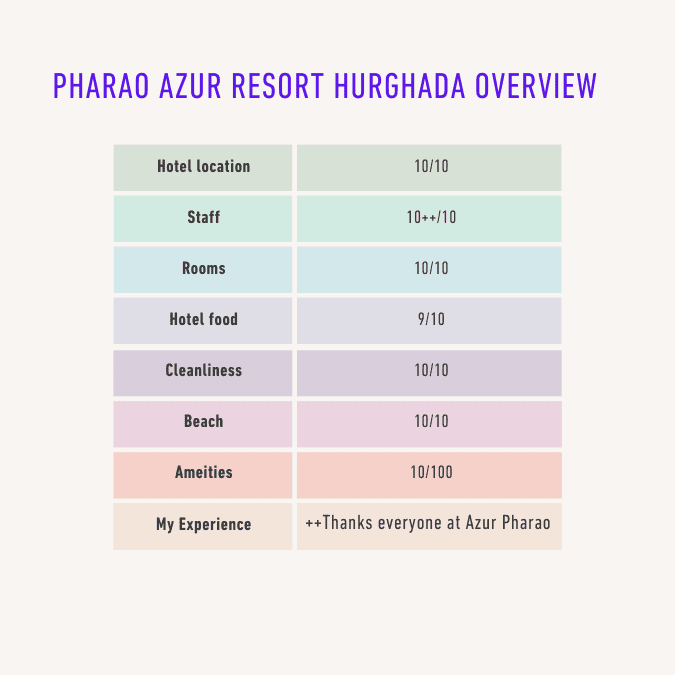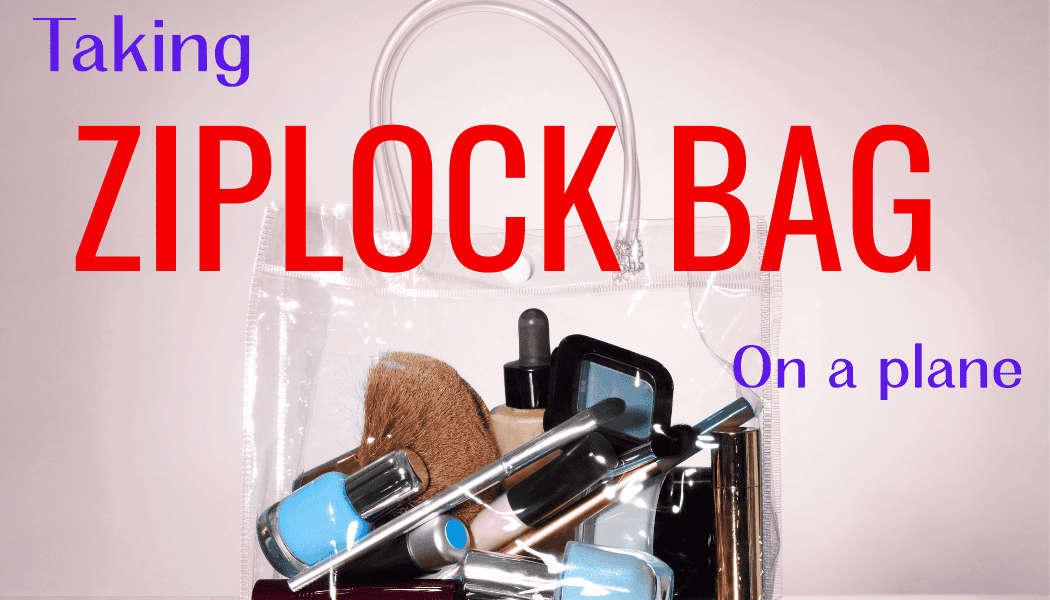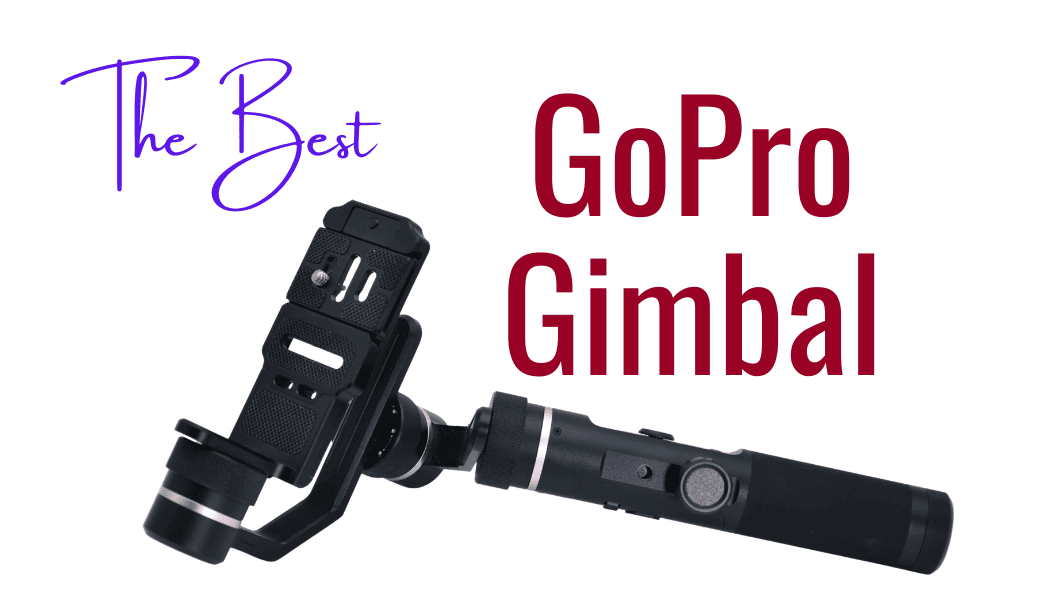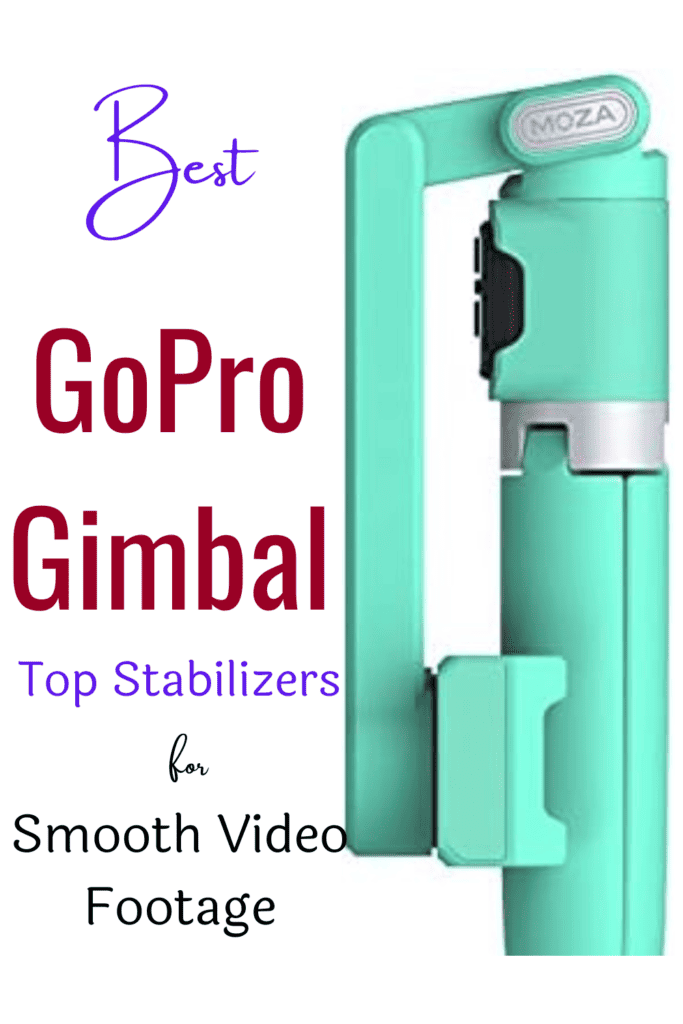Planning a trip to Hurghada and thinking about where to stay can be overwhelming with so many hotel choices.
My review of the Pharao Azur Resort provides a clear look at what you can expect, allowing you to determine if it’s the right fit for your vacation.
I visited the resort myself to get the full experience. In this post, I’ll share honest details about the rooms, food, beach, activities, and staff service.
Overview of The Pharao Azur Resort
Pharao Azur Resort is a beachfront hotel in Hurghada, Egypt. It combines beach access, comfortable rooms, and several practical features for travelers.
Location and Accessibility
The resort is located directly on the Red Sea coast in Hurghada. It takes about 20 minutes by car from Hurghada International Airport.
This made it easy for me to get to the hotel after arriving at Hurghada Airport.
Taxis, shuttle services, and public transportation are available nearby.
Roads here are generally well-maintained. The hotel is also close to shopping centers, local attractions Hurghada sand city 10 minutes drive away.
The beach access is direct from the hotel property. The entrance and lobby area are spacious and clean.
There are ramps and walkways for luggage and for people who have mobility needs.
Resort Facilities
Pharao Azur Resort has several amenities aimed at comfort and convenience.
There is a large outdoor swimming pool, a kids outdoor pool, a private beach area, and sunbeds for relaxation.
I could also enjoy an on-site spa, fitness room, and both indoor and outdoor dining options.
The resort features different types of rooms, such as standard, family, and suites. Most rooms offer sea or garden views.
My room had air conditioning, a flat-screen satellite TV, a safe, and a balcony with a beautiful view of the pool.
The beds and linens were clean and comfortable.
For families, there is a kids’ club and a children’s pool. The resort hosts evening entertainment, live music, and some sports activities.
I saw a tennis court, a game room, and a small shop that sells snacks and souvenirs.
Dining options include a buffet restaurant, a Chinese restaurant, an Italian restaurant, and a few à la carte places serving local and international dishes.
I found that all meals were served with care toward hygiene.
Accommodation and Room Amenities
I found several types of rooms at the Pharao Azur Resort with amenities designed for comfort.
The cleaning services and in-room features support a relaxed and easy stay, whether for families or solo travelers.
Bungalow and Standard Room Options
I could choose between a bungalow and a standard room. The bungalows are set apart and offer a bit more privacy.
These usually come with a terrace or a small outdoor sitting area.
There is a hotel shuttle service the whole day for those who prefer not to walk to the bungalows, although they are just about 100 meters from the main building and dining area.
Standard rooms are located in the main building. These are closer to the reception and central resort activities.
Both room types have simple, practical furnishings and enough space for two to four guests.
When I booked, both room styles were widely available, but bungalows tend to fill up faster during holidays.
If I wanted a quieter stay or extra outdoor space, the bungalow was a better choice, but I was comfortable in my chosen room. Families and couples seemed to like the extra space bungalows offered.

In-Room Features
The room I stayed in had basic amenities. Air conditioning kept the rooms cool even during warmer days.
There was a flat-screen TV with a few international channels.
A small refrigerator was provided in each room. This was handy for storing snacks and drinks.
I also used a safe for my valuables, at no additional charge, which gave me peace of mind.
Remember to ask for non-smoking rooms, some hotel guests smoke in the room balconies, and the smoke drifts back in and sticks to the curtains.
Rooms included a private bathroom with a shower. I found towels, soap, a hair dryer, and shampoo provided by the housekeeping.
Wi-Fi was available at no additional fees, but the signal strength varied between rooms. Some bungalows had a stronger connection than standard rooms close to the reception.
Cleaning and Dry Cleaning Services
Daily cleaning
was offered for all accommodation types. Each day, housekeeping made my bed, emptied the trash, and changed towels. Sheets were replaced every few days or on request.
If I needed my clothes cleaned, a dry cleaning service was available for an extra fee.
I could fill out a form in my room and leave the laundry by the door. The staff picked up and returned items within one or two days.
Both services were available all week. I found the staff to be reliable and discreet, which helped make my stay comfortable and carefree.
Special requests, like extra towels or late cleaning, were usually handled promptly.
Dining and Culinary Experience
I found a variety of places to eat at the Pharao Azur Resort, with options that fit different tastes and ages.
Every meal was included, and snacks, desserts, and drinks were always available at no extra charge.
Restaurants and Food Selection
The main restaurant serves breakfast, lunch, and dinner as buffet meals. At breakfast, I saw omelets, pancakes, bread, and fresh salads.
The buffet has a mix of local Egyptian cuisine and international foods for lunch and dinner.
There is usually a grilled meat or fish station, pasta, rice, and potatoes.
There are special areas for fresh salads and cheese. Sometimes, themed nights introduce foods like Italian or Asian, adding variety during the week.
Children have their own food corner with simple dishes such as fries or chicken nuggets.
The staff refills food often and keeps the dining area very clean. I had no trouble finding something I liked at every meal.
All-Inclusive Dining Options
I booked all-inclusive because it better fits my travel choice. The plan covers three main meals, alcoholic and local non-alcoholic beverages, and snacks throughout the day.
I could visit the buffet restaurant for breakfast, lunch, and dinner without extra charges.
Local alcoholic drinks such as beer, wine, and spirits are served at certain bars throughout the day.
I noticed some restaurants require reservations, such as the à la carte spots. Booking a table was easy at the reception.
Some items, mainly imported drinks or special foods, are not part of the all-inclusive deal, so I paid extra if I wanted those.
There are snack bars and a coffee shop near the pool and a beach restaurant open between main meals.
These serve pizza slices, sandwiches, and soft drinks. The hours for food service are posted around the 5-star resort.
You may like
Best airBnB in Montegobay, jamaica
Sweets, Fruits, and Snacks
Each meal at the buffet includes a dessert section. I tried cakes, cookies, and small pastries.
There are always fresh fruits, such as watermelon, oranges, and apples. The fruit selection changes, depending on the season.
Outside of meal times, I could get snacks like chips, pastries, and soft drinks at the pool bar. In the afternoon, sweets such as donuts or muffins are also set out for guests.
I liked that fresh salads and fruit were available at almost every meal. For those with a sweet tooth, the dessert options were simple but always available.
Leisure and Wellness Activities
I found that Pharao Azur Resort offers a wide range of ways to relax, have fun, and stay active.
The main attractions here are the pools and beach, the lively underwater world of the Red Sea, and the on-site gym and spa.
Pools and Beach Experience
The resort has several outdoor pools, including a large main pool that is heated during cooler months.
I appreciated the separate kids’ pool for families, and there is also a quiet pool for adults who prefer calm surroundings.
At the poolside, I could easily find sunbeds and umbrellas. Bar service was available so I could enjoy drinks and snacks without leaving my seat.
The private sandy beach is just steps from the pools, lined with golden sand and more sunbeds. The water is clean and clear, suitable for swimming and gentle wading.
Lifeguards were present, and towels were provided, making it comfortable and safe.
Key pool and beach features:
| Amenity | Details |
|---|---|
| Main pool | Large, heated in winter, with daily cleaning |
| Kids’ pool | Shallow, safe, close to family seating |
| Beach access | Direct, with plenty of loungers and umbrellas |
| Poolside bar | Snack and drink service all day |
| Towels provided | Free at both the pool and the beach |
Red Sea and Coral Exploration
The Red Sea coastline at the resort is known for its calm, warm water and interesting marine life.
I enjoyed snorkeling right off the beach, where I could see vibrant corals and many types of colorful fish.
The resort has marked safe swim zones to protect swimmers and fragile coral areas.
For those interested, the resort staff can help arrange guided snorkeling or diving trips. Equipment is available for rent, making it easy to join in.
I also saw families and individuals swimming along the shore, where the water stays shallow for several meters.
I noticed the clearest water conditions in the morning. Visiting earlier in the day helped me see more marine life up close.
Fitness and Spa Facilities
The fitness center at Pharao Azur Resort has a variety of machines, including treadmills, exercise bikes, and free weights.
I was able to use the gym at most time during the day. The gym is air-conditioned, which makes workouts more comfortable.
For relaxation, the health club spa offers services like massages, facials, and body scrubs and a steam bath.
There is an indoor pool and a jacuzzi available for guests using the spa area. I found the spa staff to be professional and the facility very clean.
Typical spa services include:
- Swedish and deep-tissue massages
- Facial treatments
- Steam room and sauna access
- Use of indoor pool and jacuzzi
These options let me balance fitness and relaxation during my stay.
Guest Experience and Reviews
During my stay at the Pharao Azur Resort, I noticed several factors that shaped my experience, both positive and negative.
Service quality, language support, and amenities for families stood out most to me.
Staff and Guest Relations
When I arrived, check-in was quick, and Yehia Muhammed at the reception was brilliant. He even arranged snacks to be brought to my room as I checked in after midnight.
I found the guest relations team easy to reach in the lobby lounge area. They helped resolve a question about my room right away.
Most waiters in the main restaurant were friendly, and a few remembered my drink order by the third day.
Some reviews I read said that response times can be slow during busy hours, but I didn’t notice long waits.
I saw guest relations taking time to talk with guests about activities like the jungle aqua park, which made the stay more enjoyable.
Languages and Services
The Pharao Azur Resort staff spoke several languages with confidence. I often heard Russian, English, French, German, and Arabic used at the reception and in the restaurants.
I was able to get information in English easily( I also speak perfect German, as I live in Switzerland).
Some guests I met appreciated being helped in Russian or German.
Many signs and menus were shown in at least two languages, which made things straightforward.
Room service and cleaning were reliable. I also liked that some entertainment staff and animation team switched languages during activities, making everyone feel included.
Family Vacation Insights
As someone who values family time, I paid attention to the amenities for a family holiday. The jungle aqua park nearby was a highlight.
Families had access to kids’ clubs, shallow pools, and large family suites. I saw parents using strollers in accessible spaces, which made getting around easier.
Breakfast included kid-friendly choices like pancakes and fruit.
Reviews from other families mentioned friendly staff who helped with special requests for infants or young children.
For a relaxing family vacation, the Pharao Azur Resort offered both convenience and comfort.
Now To Something I did not like in the 4-star Pharaoh Azur Resort, Hurghada
I have worked in the hotel industry before. Hotel staff do not earn enough, and even if they do, I love showing my appreciation by giving tips.
Now it`s easy to give tips to waiters, room cleaners, receptionists, and all the other staff you see.
But there are loads of staff in the hotel industry who are in the background who keep things running, the laundry guys, maintenance, cooks, the buffet fillers, and dishwashers.
The staff that you never get to meet, but also deserve tips and recognition.
In some hotels, you`ll find tip boxes (like the ones you see in Airports for local currency you don`t need when leaving a country and don`t want to bother with currency exchange).
I love tipping directly to staff but also in hotel boxes, so it can reach unseen staff members.
When I enquired why they do not have such a tip box, there was no proper answer and I found it unfair that they choose for the faceless workers not to be given any tips by not providing a tip box.
I brought my complaint/concern to the guest relations officer, and I hope they will correct this.
Frequently Asked Questions
I found that Pharaoh Azur Resort provides a wide range of amenities, activities, and dining options.
From service quality to recreation, there are many details travelers usually want to know before booking.
What amenities are included in an all-inclusive package at the Pharaoh Azur Resort?
My all-inclusive package included meals, snacks, and most drinks throughout the day.
I also had access to the main pool, private beach, and kids’ club. Use of the gym, volleyball courts, and daily entertainment was included.
How does the food quality at Pharaoh Azur Resort compare to other resorts in Hurghada?
In my experience, the food at Pharaoh Azur Resort was very good compared to other Hurghada resorts.
There were buffet choices for each meal with some international and local dishesand there were plenty of options to choose from.
Instead of serving only desserts like ice cream and cakes, fresh fruit was included every day.
Can guests with dietary restrictions be accommodated at the Pharaoh Azur Resort?
When I informed staff about my dietary needs, they offered guidance on which buffet items were suitable. (This was only a test) I eat everything and anything.
Some special requests could be made, such as gluten-free or vegetarian meals. However, choices were somewhat limited for guests with strict dietary restrictions.
What is the level of customer service provided at the Pharaoh Azur Resort?
During my visit, the staff were polite and willing to help with most requests.
Front desk employees spoke English and were quick to give information and as already mentioned, Yehia Muhammed was just brilliant.
Response time for room issues or extra services sometimes took longer than expected.
But then this is because the guy I needed to solve my problem was coming from outside the hotel as I locked my hotel-provided safe and could not get it opened.
What recreational facilities are available for guests at the Pharaoh Azur Resort?
I had access to several pools, a small water slide area, and tennis courts. The beach area offered sun loungers, umbrellas, and some water sports rentals.
There was also a fitness center, playground, and evening entertainment shows on select nights.
How do recent guests rate their overall experience at the Pharaoh Azur Resort?
Based on my time spent at the hotel, research, and conversations with other guests, many rate their experience as average or slightly above average.
People often mention enjoying the beach and pool areas, but offer mixed feedback on food quality and room conditions.
Now to me personally, I`d give the hotel 8 out of 10. The two points I took away are from the Chinese restaurant, which served below-average food, and the other point is for the mattress (it could be softer).
About the food, remember the hotel is cooking for over 500 people daily, cooking 4 or more different meals,give them a break.
I’m sure you can not do better and meet the needs and tastes for over 500 people every single day with every meal.
Staff friendliness is usually mentioned in positive reviews.











